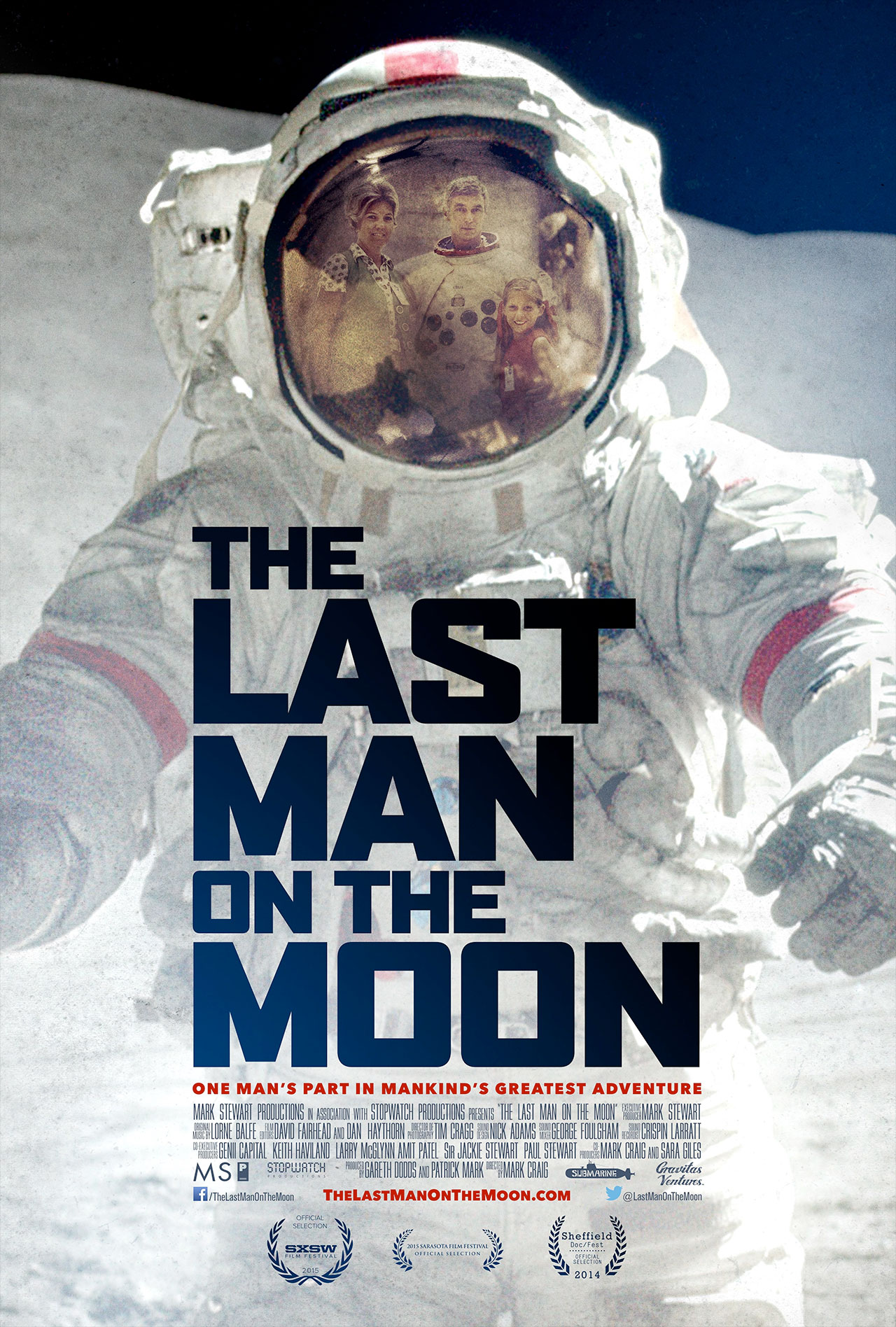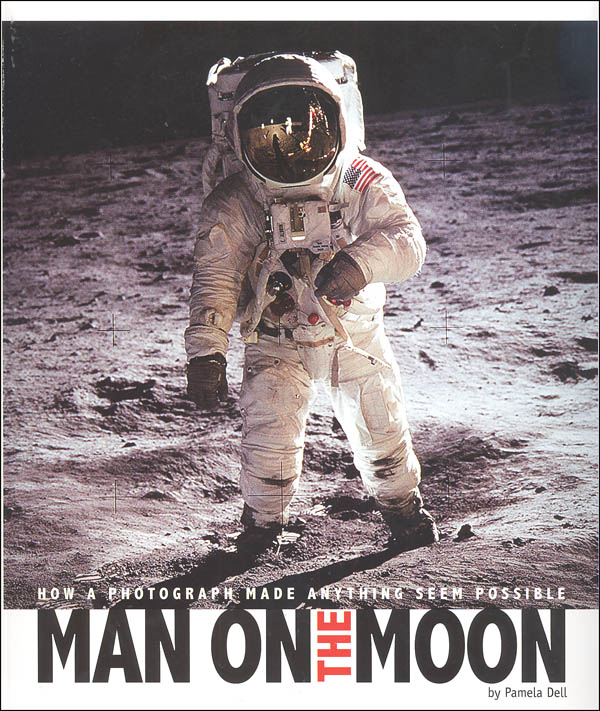

He said he’d been wrapped in a warm consciousness his entire time in space. I asked about the space program, but he talked only about UFOs. When I sat down with Edgar Mitchell, who made his landing in the winter of 1971, he had that same look in his eyes.


When questioned about the reality of the landing-he was asked to swear to it on a Bible-he slugged the questioner. Buzz Aldrin, who was the second off the ladder during the first landing on July 20, 1969, almost exactly fifty years ago-he must have stared with envy at Neil Armstrong’s crinkly space-suit ass all the way down-has run hot from the moment he returned to earth. They had one important thing in common when I looked into their eyes: they were all bonkers. I’ve met three of the twelve men who walked on the moon. The story of the moon landing will become a little harder to believe. It will not be exactly like the moment the last conquistador died, but will lean in that direction. Within a decade or so, the last will be dead and that astonishing feat will pass from living memory into history, which, sooner or later, is always questioned and turned into fable. To learn more about President Richard Nixon visit you ever met a person who’s been on the moon? There are only four of them left. Do you think an American will walk on the Moon again in your lifetime?įollow the links below to learn more about the documents in this activity.Do you think the space program is still important?.Lead a class discussion with the following questions, reflected in the I'm Done section of the activity: Ask them to record their answers.Īfter they've completed the activity, ask the students to consider the importance of the Moon landing. Instruct the students to use the artifacts to answer the questions. Introduce or review the term "Space Race" with students, reminding them that it was seen as a competition between the United States and the Soviet Union (U.S.S.R.).Īfter modeling document analysis, as a class, individually, or in small groups ask the students to complete the activity on their own. Encourage students to look at each document’s Details section for further information when they begin their own analysis.Ĭhoose a document or photograph from the activity to model effective document analysis with your class. Launch the activity with all of the documents on screen at once for the entire class to see. This activity is appropriate during a unit about the Cold War. Better understand the Apollo program, the Moon landing, and the Space Race.Suggested Teaching InstructionsLearning Objectives:


 0 kommentar(er)
0 kommentar(er)
